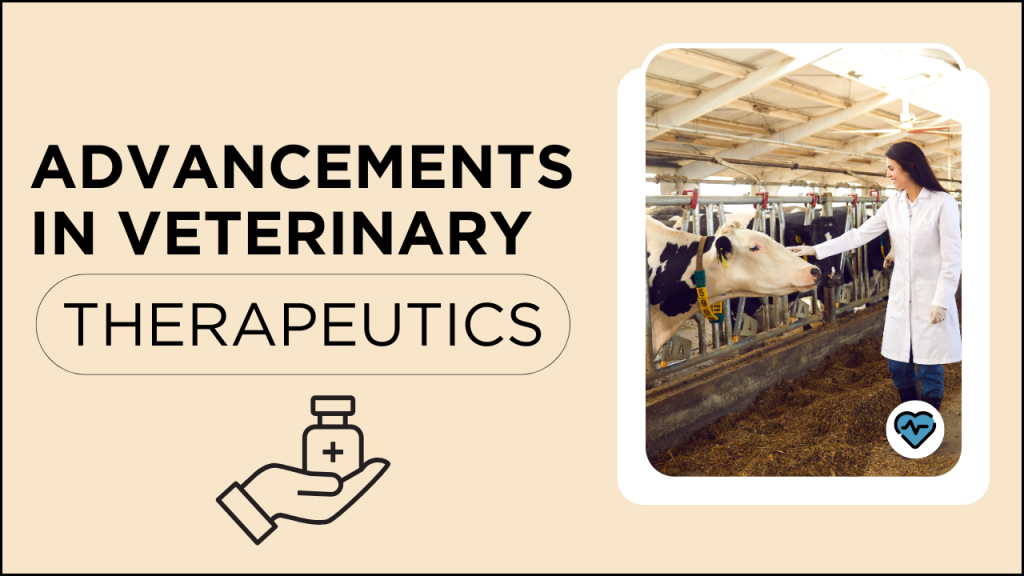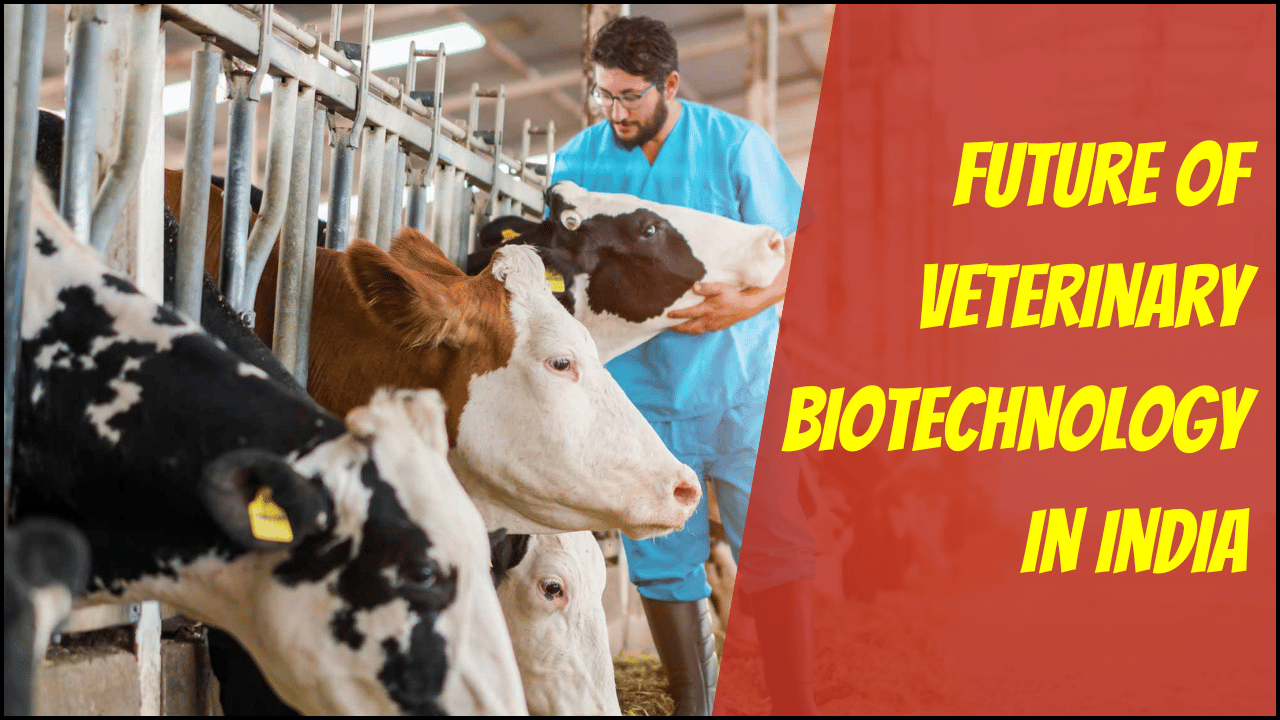
Veterinary care in India is changing fast. Gone are the days when basic medicine was all we could offer animals. Today, we’re entering a new age—an age where advanced therapies like stem cell treatments are giving hope to pets and farm animals suffering from painful, long-term diseases.
But as exciting as this progress is, one big thing is missing: proper rules and regulations. Without clear laws, we risk turning a powerful medical breakthrough into a confusing and unsafe option. It’s time India stepped up and created a system to guide this amazing branch of veterinary medicine.
Table of Contents
What is Stem Cell Therapy?
Stem cell therapy uses the body’s natural healing cells to repair damaged tissues. These special cells, called stem cells, can turn into different types of cells like bone, cartilage, or nerve cells. In animals, they are often taken from bone marrow, fat tissue, or the umbilical cord.
Veterinarians are now using stem cells to treat conditions like:
- Arthritis
- Tendon injuries
- Spinal cord problems
- Liver and kidney diseases
- Reproductive disorders in cattle
These treatments don’t just ease pain—they help animals move better, heal faster, and live longer.
Why Does India Need Stem Cell Therapy?
India has the largest livestock population in the world and a growing number of pets—over 30 million and counting. In cities and even in places like Kashmir, more people are keeping cats, dogs, and other animals as family members. Pet owners today are ready to spend more for better care.
But there’s a problem: many diseases in animals have no cure using regular medicine. Dogs with arthritis, horses with tendon injuries, and cows with reproductive issues often don’t get the help they need.
That’s where stem cell therapy can make a huge difference. It has shown promising results:
- 80% of dogs with arthritis feel better after stem cell therapy.
- Up to 90% of horses with tendon injuries recover and return to training.
- In cattle, stem cell treatments can help with infertility and post-birth complications, with success rates of 60–80%.
Still, despite these numbers, stem cell therapy is not widely accepted or available. And the main reason is the lack of proper rules.
The Challenges Without Regulation
When a medical field grows quickly without oversight, things can go wrong. Here’s why India urgently needs a regulatory system for veterinary stem cell therapy:
1. Quality Control
Not all stem cells are made equal. Poor-quality or contaminated cells can cause side effects or fail to work. Rules are needed to make sure clinics follow strict quality standards when collecting, storing, and using stem cells.
2. Ethical Use
There have been reports in India of using stem cells from animals in human treatments, which is not allowed. In the same way, unapproved methods in veterinary medicine could harm animals or mislead owners. Regulation ensures ethical sourcing and use.
3. Proper Training
Stem cell therapy is complex. Vets need special training to give it safely. Without rules, untrained people might try to offer these treatments, leading to poor results or harm. Certification programs can help fix this.
4. Cost and Accessibility
Right now, stem cell therapy is expensive and only available in a few places. A proper regulatory system could help bring down costs, open up funding options, and make the treatment more accessible to all animal owners.
Learning from Other Countries
Countries like the United States and members of the European Union already have strong rules for using stem cells in both humans and animals. These rules help protect patients and make sure therapies are safe and effective.
India has guidelines for human stem cell use but nothing similar for animals. It’s time to create a veterinary-specific framework.
The Way Forward: What India Can Do
To bring stem cell therapy into mainstream veterinary care safely, India needs to take several important steps:
1. Create a Central Regulatory Body
A special agency, perhaps under the Indian Council for Agricultural Research (ICAR), should be formed to oversee animal stem cell research and therapy. This body can work with groups like the Indian Council of Medical Research (ICMR) and the Central Drugs Standard Control Organization (CDSCO).
2. Set Ethical Guidelines
Rules must include animal welfare standards, informed consent from pet owners, and safe practices for collecting and using stem cells.
3. Monitor Clinical Trials
All stem cell treatments should be tested and registered. A central system should track treatment results, ensuring safety and helping to improve methods over time.
4. Promote Education and Awareness
Vets, pet owners, and farmers must be educated about stem cell therapy—its benefits, risks, and where to find certified professionals. Funding should be given to veterinary colleges and research institutes to support training and awareness programs.
5. Follow Global Best Practices
India’s rules should align with international standards set by organizations like the International Society for Stem Cell Research (ISSCR) and the World Organization for Animal Health (WOAH). This will help Indian researchers and clinics work at a global level.
Encouraging Research
India already has strong institutions like the Indian Veterinary Research Institute (IVRI) and Madras Veterinary College conducting early-stage stem cell research. With the right support, they can become world leaders in veterinary regenerative medicine.
Backing research will not only help animals—it will also support the One Health approach, where knowledge gained from treating animals can help develop treatments for humans too.
Future Implications
Stem cell therapy has the power to transform how we treat animals. It can ease pain, heal injuries, and give our pets and farm animals a better life. But without rules and standards, it can also lead to confusion, false hopes, and risky treatments.
India stands at a turning point. With millions of animals in need and a growing demand for advanced care, the time is now to create a clear, ethical, and safe path for stem cell therapy. By doing so, we’ll open the door to a new era of veterinary medicine—one filled with compassion, innovation, and hope.





